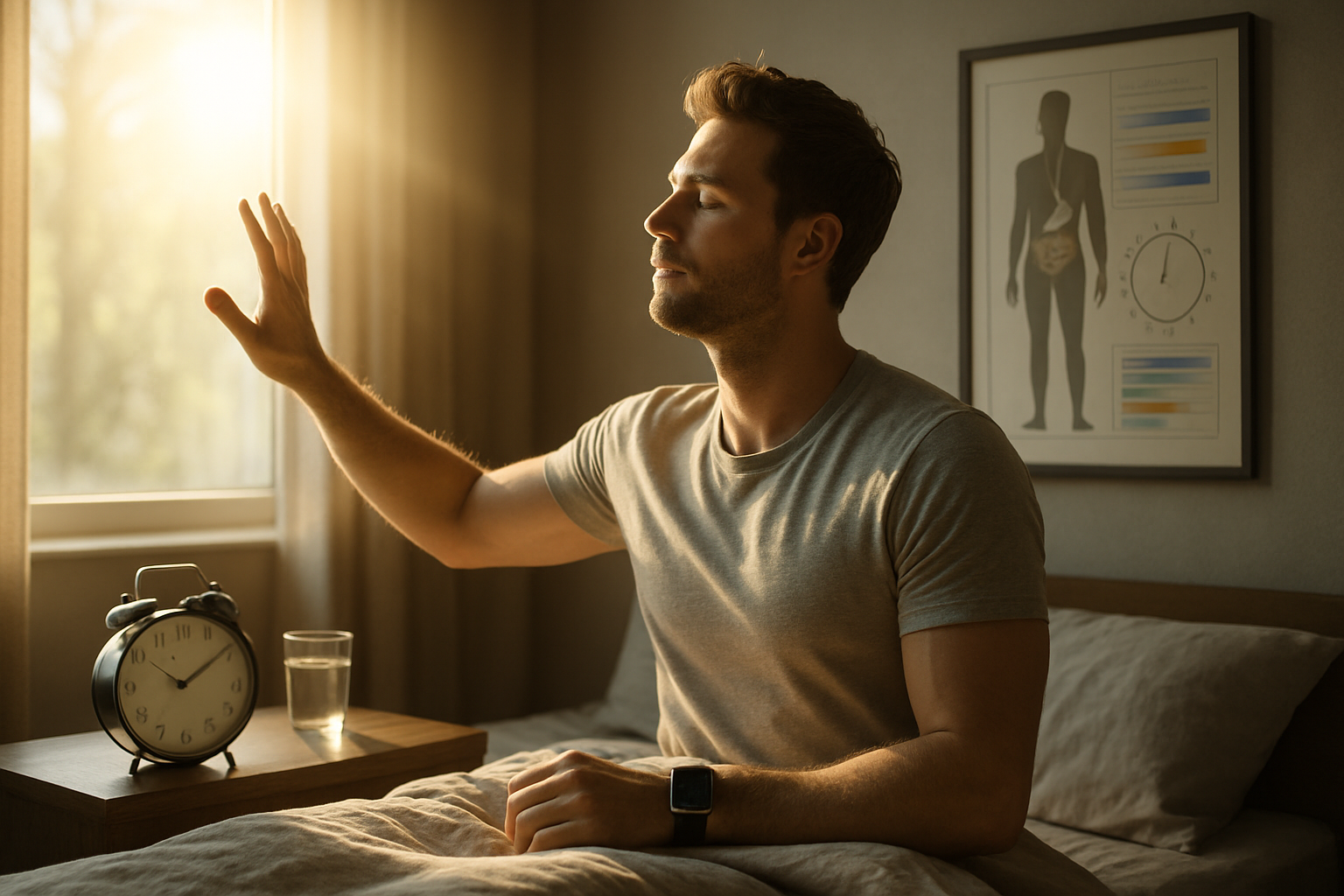Chronophototherapy: Illuminating the Path to Better Health
Imagine a world where the simple act of adjusting your light exposure could dramatically improve your health, mood, and overall well-being. This isn't science fiction—it's the promising reality of chronophototherapy. But what exactly is this innovative approach, and how can it revolutionize our daily lives?

The Science Behind Chronophototherapy
At the heart of chronophototherapy lies our circadian rhythm, the internal 24-hour clock that governs numerous bodily functions. This biological timekeeper is primarily influenced by light exposure, particularly blue light. When our eyes perceive light, it triggers a cascade of hormonal and neurological responses that affect everything from our sleep patterns to our metabolism.
Chronophototherapy takes advantage of this light-sensitive system by precisely timing and tailoring light exposure to optimize our body’s natural rhythms. By doing so, it aims to correct disruptions in our circadian cycle that can lead to a host of health issues, including sleep disorders, mood disturbances, and even certain metabolic conditions.
The Evolution of Light-Based Therapies
While the concept of using light for healing isn’t new—ancient civilizations revered the sun for its therapeutic properties—chronophototherapy represents a sophisticated evolution of these practices. The field gained momentum in the 1980s with the discovery of intrinsically photosensitive retinal ganglion cells (ipRGCs) in the eye, which are specifically attuned to blue light and play a crucial role in regulating our circadian rhythms.
This breakthrough led to the development of light therapy boxes for treating Seasonal Affective Disorder (SAD). However, chronophototherapy takes this a step further by considering not just the intensity and duration of light exposure, but also its timing and spectral composition.
Applications in Sleep Medicine
One of the most promising applications of chronophototherapy is in the treatment of sleep disorders. For individuals struggling with insomnia or delayed sleep phase syndrome, carefully timed exposure to bright light in the morning can help reset their internal clocks, making it easier to fall asleep at night and wake up in the morning.
Conversely, for those who tend to wake up too early, evening light therapy can help delay their sleep onset. This personalized approach to light exposure can be a game-changer for shift workers, frequent travelers battling jet lag, and anyone whose lifestyle disrupts their natural sleep-wake cycle.
Beyond Sleep: Mood, Cognition, and Metabolic Health
The benefits of chronophototherapy extend far beyond improved sleep. Research has shown that it can be an effective treatment for various mood disorders, including non-seasonal depression. By regulating the production of serotonin and melatonin, chronophototherapy can help stabilize mood and improve overall mental well-being.
Moreover, emerging studies suggest that optimizing our light exposure can enhance cognitive function, boost alertness, and even influence our metabolic health. Some researchers are exploring how chronophototherapy might be used to combat obesity by aligning our eating patterns with our body’s natural rhythms.
Implementing Chronophototherapy in Daily Life
While professional chronophototherapy often involves specialized light boxes and medical supervision, there are ways to incorporate its principles into everyday life. Here are some strategies to harness the power of light for better health:
-
Seek morning sunlight: Expose yourself to natural light soon after waking to help regulate your circadian rhythm
-
Use blue light filters: Install apps or use glasses that reduce blue light emission from devices in the evening
-
Create a dark sleeping environment: Use blackout curtains or a sleep mask to ensure complete darkness during sleep
-
Consider light therapy devices: For those with specific sleep or mood issues, consult a healthcare provider about using light therapy boxes
The Future of Chronophototherapy
As research in this field continues to advance, we can expect to see more sophisticated and personalized approaches to chronophototherapy. Wearable devices that monitor light exposure and provide real-time recommendations are already in development. Additionally, smart lighting systems that automatically adjust their intensity and spectral composition throughout the day are becoming increasingly accessible.
The potential applications of chronophototherapy are vast, from improving workplace productivity to enhancing athletic performance. As we gain a deeper understanding of how light affects our biology, we may find ourselves on the cusp of a new era in preventative healthcare and wellness optimization.
Illuminating Insights: Light and Health Facts
-
Our eyes contain about 5,000 photosensitive ganglion cells specifically dedicated to detecting light for circadian rhythm regulation
-
Exposure to blue light can suppress melatonin production for twice as long as green light
-
Just 30 minutes of bright light exposure in the morning can significantly improve nighttime sleep quality
-
Light therapy has been shown to be as effective as antidepressants in some cases of non-seasonal depression
-
The color temperature of light can affect cognitive performance, with cooler (bluer) light enhancing alertness and warmer light promoting relaxation
In conclusion, chronophototherapy represents a promising frontier in health and wellness, offering a non-invasive, natural approach to improving various aspects of our physical and mental well-being. By understanding and optimizing our relationship with light, we can tap into our body’s innate rhythms to enhance sleep, mood, and overall health. As research in this field continues to evolve, chronophototherapy may well become an integral part of our daily health routines, illuminating the path to a brighter, healthier future.





